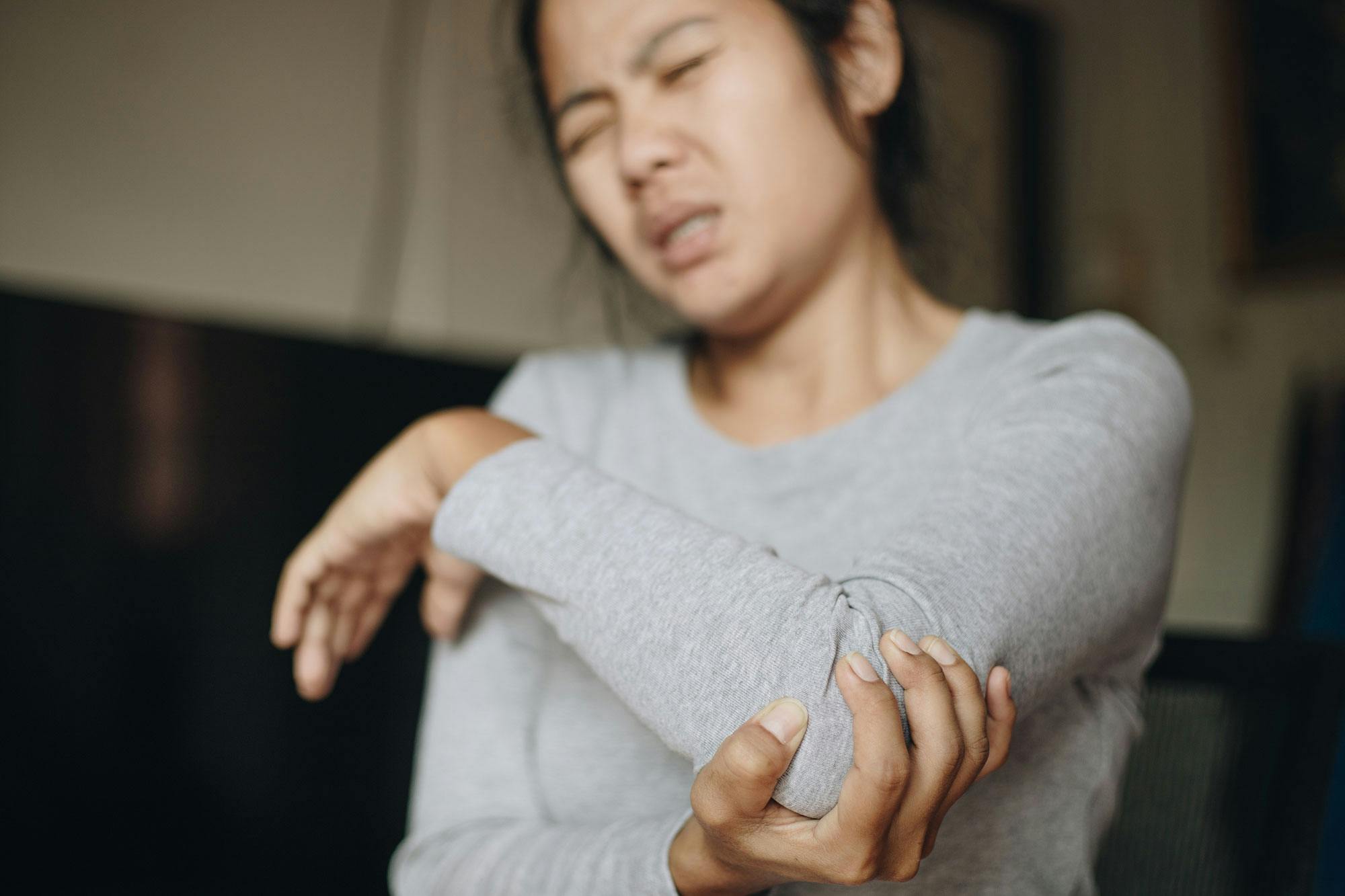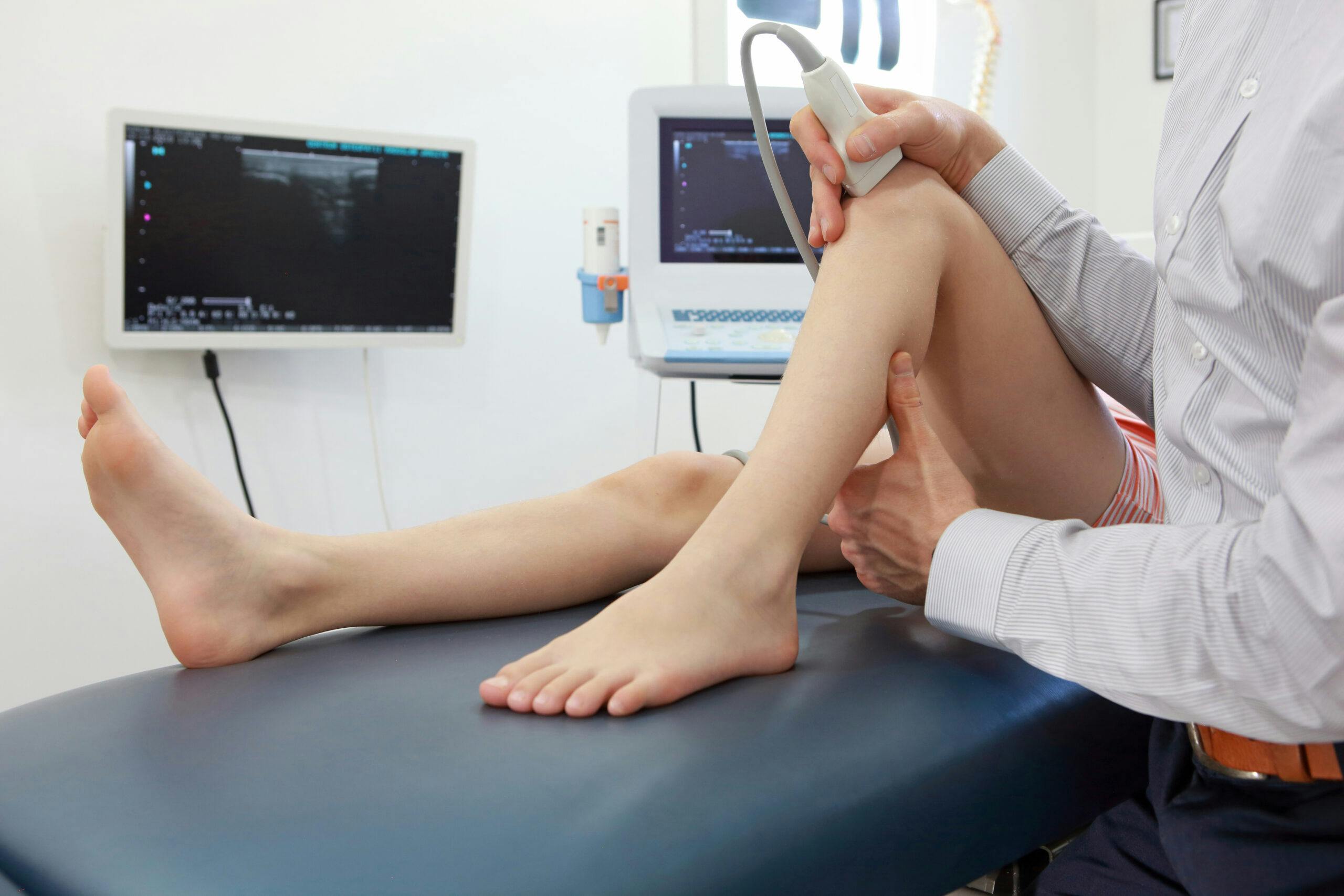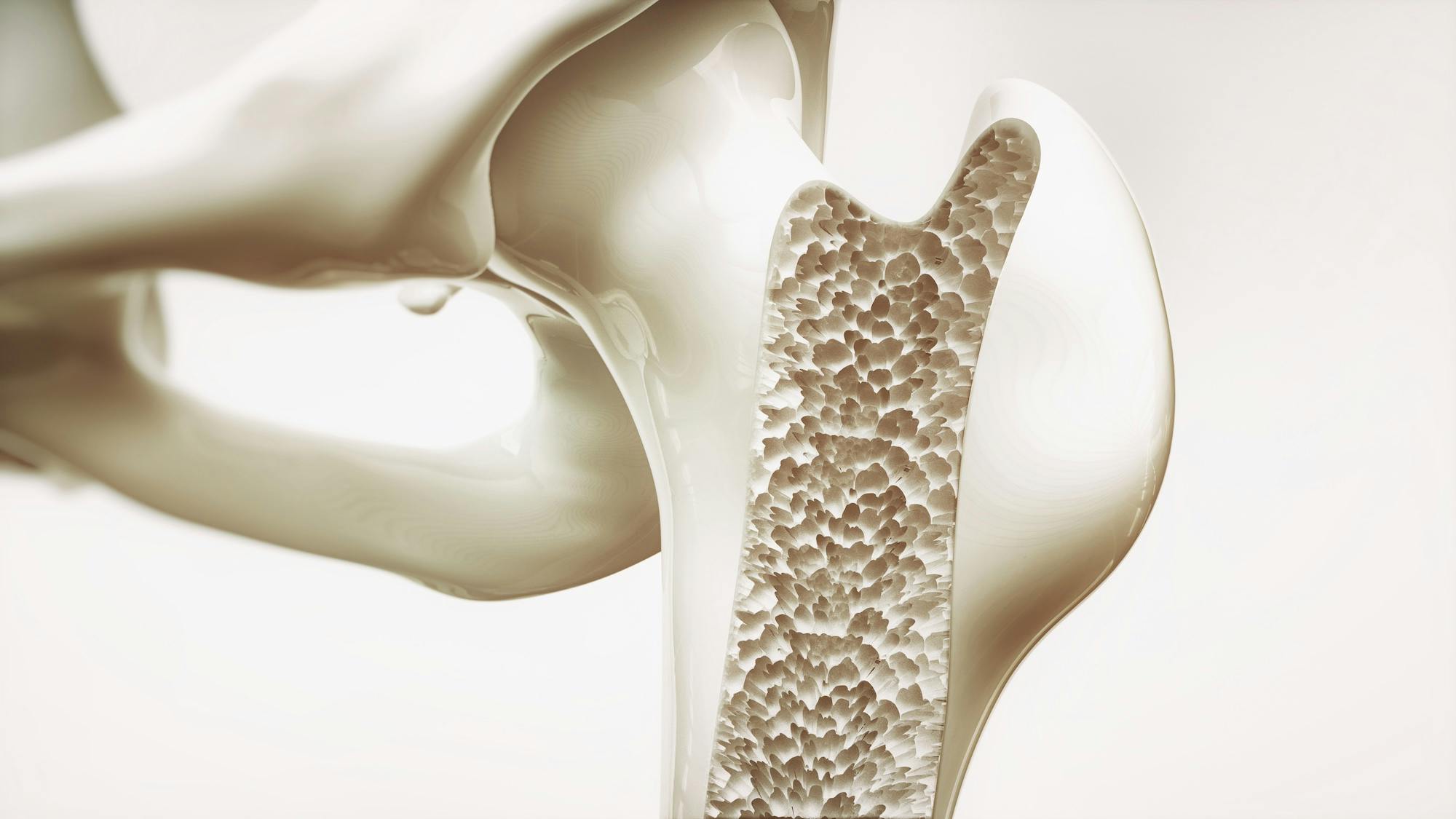- Blog
Tennis Elbow: Sometimes Doing Nothing is Better
Posted on 11-30-2025 in Elbow by Dr. Steven Kronlage

Posted on 11-30-2025 in Elbow by Dr. Steven Kronlage
Google tennis elbow or lateral epicondylitis, and you will find a thousand different treatment options for this condition. This proliferation of remedies tells us two things: lateral epicondylitis is a very common condition, and perhaps we don’t know how best to treat it!
Believe it or not--doing nothing truly seems to work better than doing anything!
There is no treatment for lateral epicondylitis that has been proven to work better than doing nothing. We, as patients, want to be out of pain and are willing to do things to get there. For this reason, there are thousands of remedies and treatments for tennis elbow. A recent study looked at 2300 patients treated non-operatively with a myriad of treatments, bracing, exercise, needling, tens units, and found no technique worked better than placebo. (Strauch, et. al COOR)
The only thing that has been proven NOT to work is a steroid injection. Steroids can increase the likelihood of failed non-operative treatment and the need for surgery.
Our main goal with patients is to get them pain-free function. Therefore, we believe that early-stage exercises are the way to go for lateral epicondylitis. In theory, by exercising the specific muscles affected, the parts of the muscle still attached to the elbow will strengthen. This will allow the “torn” and “degenerative” areas to heal.
We have great success early on treating lateral epicondylitis with an exercise program. Often, we will use a few supervised therapy visits to ensure that the patient is doing the exercises appropriately. Furthermore, we don’t believe that patients should stop activities because of lateral epicondylitis in order to allow it to heal. Exercising it before the activity to warm up the muscle will allow the patient to compete in whatever exercise or sport they want. It is, after all, a pain phenomenon.
In extreme cases, we do have surgical treatment, but it is typically reserved for longstanding symptoms lasting more than six to nine months. The good news is that surgery is almost always effective. During this procedure, the degenerative muscle will be removed, and the remaining tendon is sewn down to the bone.
Visit Tennis Elbow for additional information, including symptoms and diagnosis details.

Musculoskeletal ultrasound imaging offers orthopaedic patients safe, painless, and real-time imaging, without any harmful ionizing radiation or the need for uncomfortable positioning. As the first sports medicine physician in the region to utilize ultrasound for diagnostic and therapeutic purposes, Dr. Josh Hackel’s commitment to innovation has improved the accessibility of care for his patients.

According to the American Academy of Orthopaedic Surgeons, approximately 2 million older Americans sustain fractures yearly due to weak bones. By 2025, that number is predicted to rise to 3 million fractures annually. At North Florida Bone & Joint Specialists, we recognize the importance of maintaining strong bones, particularly as you age. In honor of Healthy Aging Month, the following tips can help you maintain, and even improve, your bone strength:

We see our share of broken bones as an orthopaedic and sports medicine practice. From the high school baseball player who collided with first base a little too hard to the avid DIY’er who took a tumble from an unsecured ladder and everything in between, we’ve seen it all. As we age, we also gradually lose bone mass, which occurs as small amounts of healthy bone are absorbed into your body as small amounts are replaced. When more bone is absorbed than is replaced, the density (bone mass) is reduced. Osteoporosis develops when the bone is no longer replaced as quickly as it is removed, and over time, it causes the bone to become progressively weaker, increasing the risk that it may break.